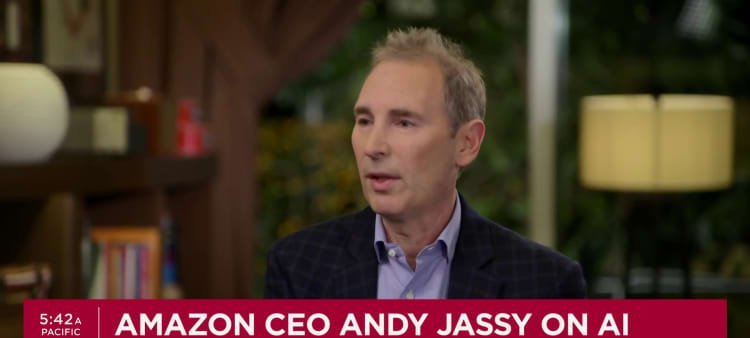Since Amazon halted the acquisition, iRobot has struggled to stabilize its balance sheet. In March the company warned investors of “substantial doubt” regarding its capacity to remain a going concern. Monday’s filing reiterated that warning and outlined the possibility of a bankruptcy filing if additional financing is not secured promptly.
“We currently are not in advanced negotiations with any alternative counterparties to a potential sale or strategic transaction,” the company stated. Management cautioned that there is no assurance the ongoing review of strategic alternatives will produce a deal that preserves shareholder value or ensures long-term viability.
iRobot’s financial challenges trace back to mid-2023. In July of that year, the company obtained a $200 million term loan from an affiliate of the Carlyle Group as bridge financing while it awaited regulatory clearance for the proposed Amazon acquisition. Since the deal’s collapse, the company has amended that credit agreement six times, most recently extending a waiver on certain financial covenants until Dec. 1. According to Monday’s filing, further amendments or incremental funding will be required to keep the business operating beyond that date.
The document also warns that, absent new capital or an extension of lender support, iRobot “may be forced to significantly curtail or cease operations and would likely seek bankruptcy protection.”
On the trading floor, investors reacted swiftly to the negative update. Monday’s 33% decline pushed iRobot’s year-to-date loss to more than 50%, erasing a substantial portion of the market value that remained after the Amazon deal was terminated. The stock has fallen more than 80% since the e-commerce giant first announced its intent to buy the company in August 2022.
Industry analysts have pointed to intensifying competition and weakening consumer demand for discretionary electronics as additional pressures on iRobot’s earnings outlook. Cheaper models from Chinese manufacturers have gained global market share, forcing established brands to lower prices and compress margins. iRobot’s latest financial statements show declining revenue and negative cash flow, trends that have limited its flexibility to invest in product development or marketing.

Imagem: Internet
Amazon Chief Executive Andy Jassy criticized regulators after scrapping the acquisition, calling the outcome “a sad story” and arguing that the merger would have allowed iRobot to scale more effectively. Regulatory agencies in both the European Union and the United States had expressed antitrust concerns that Amazon’s ownership could disadvantage competing appliance makers selling on the company’s retail platform.
For now, iRobot’s leadership says it will continue to explore all strategic options, which may include additional debt financing, equity issuance, asset sales or renewed talks with potential acquirers. However, the company acknowledged in its filing that market conditions and its deteriorating financial profile make those alternatives increasingly difficult.
Credit-rating agencies have already lowered iRobot’s debt to deep speculative levels, citing the heightened risk of default. Lenders could elect to tighten terms further if operating performance weakens, potentially accelerating the need for a court-supervised restructuring.
Despite the challenges, iRobot continues to ship new models and provide software updates to its installed base of millions of Roomba units worldwide. The company also sells robotic mops and air purifiers, though vacuum cleaners remain its primary revenue source. Management did not provide updated sales guidance in the latest filing and has not scheduled an earnings release since the fourth quarter of 2023.
With negotiations stalled and liquidity options narrowing, market participants are watching whether iRobot can secure enough short-term funding to bridge the gap to a longer-term solution. The next milestone will be Dec. 1, when the current waiver on loan covenants expires.
Crédito da imagem: Justin Sullivan / Getty Images



